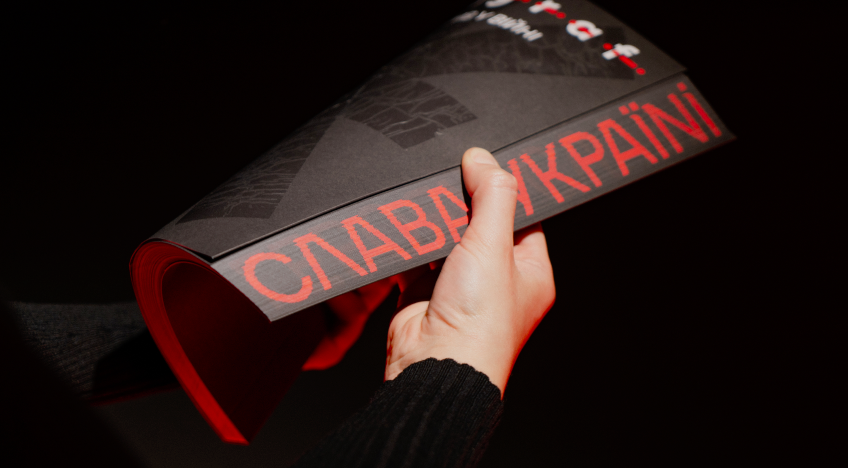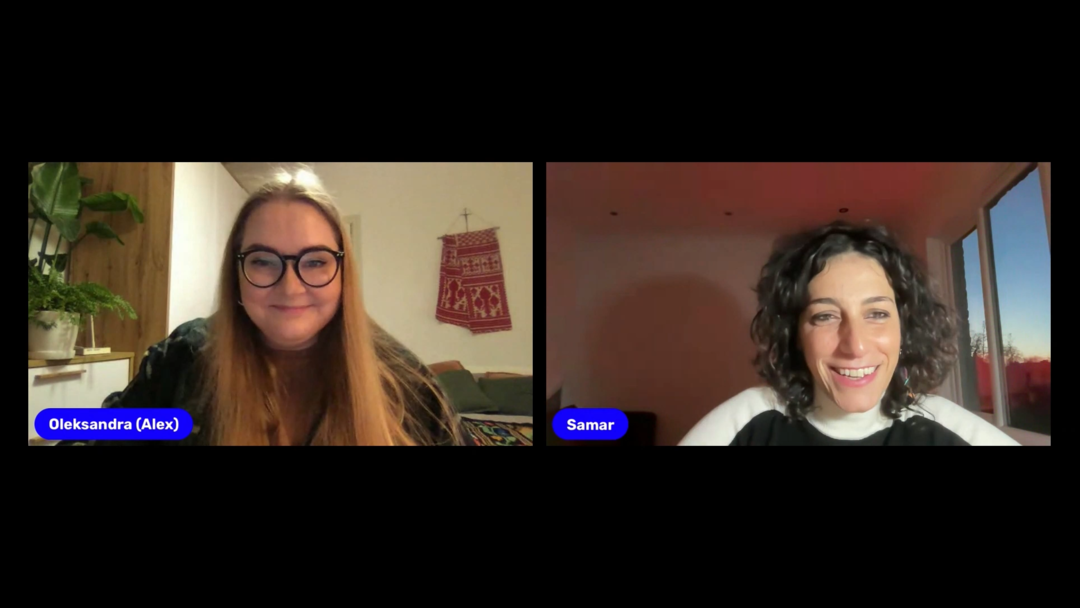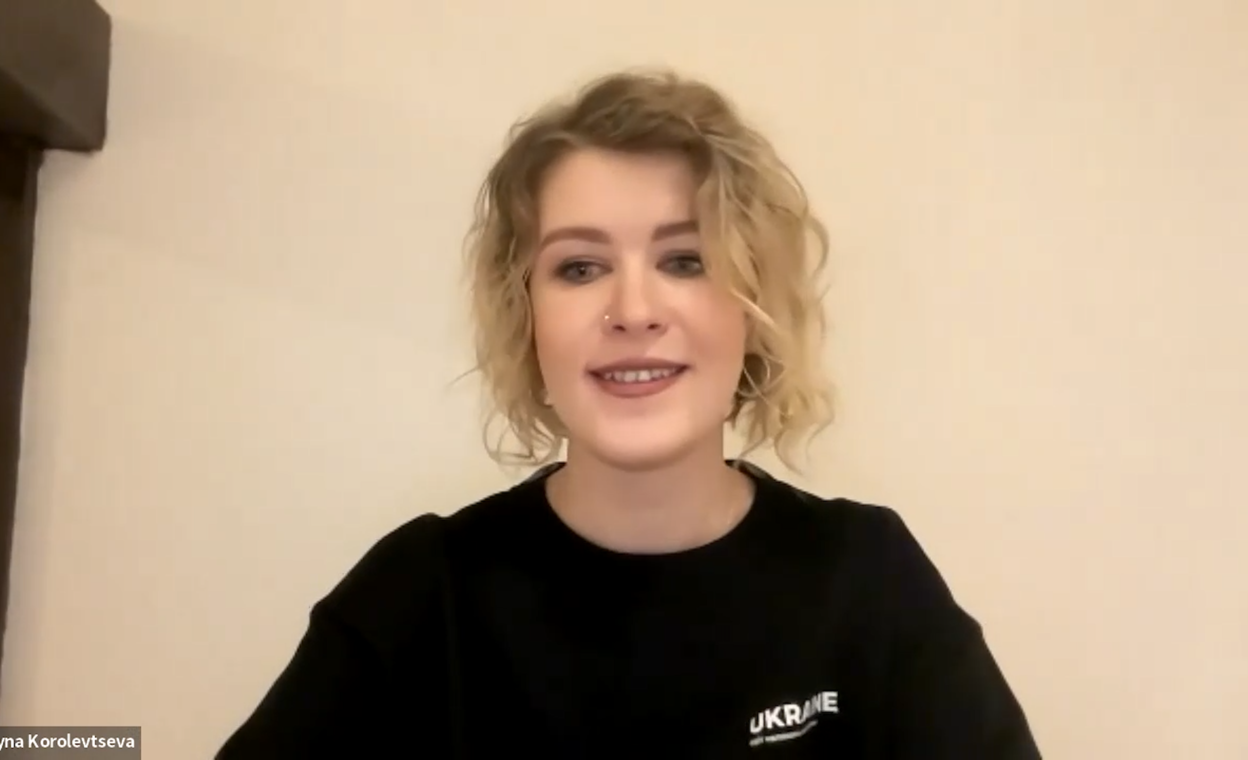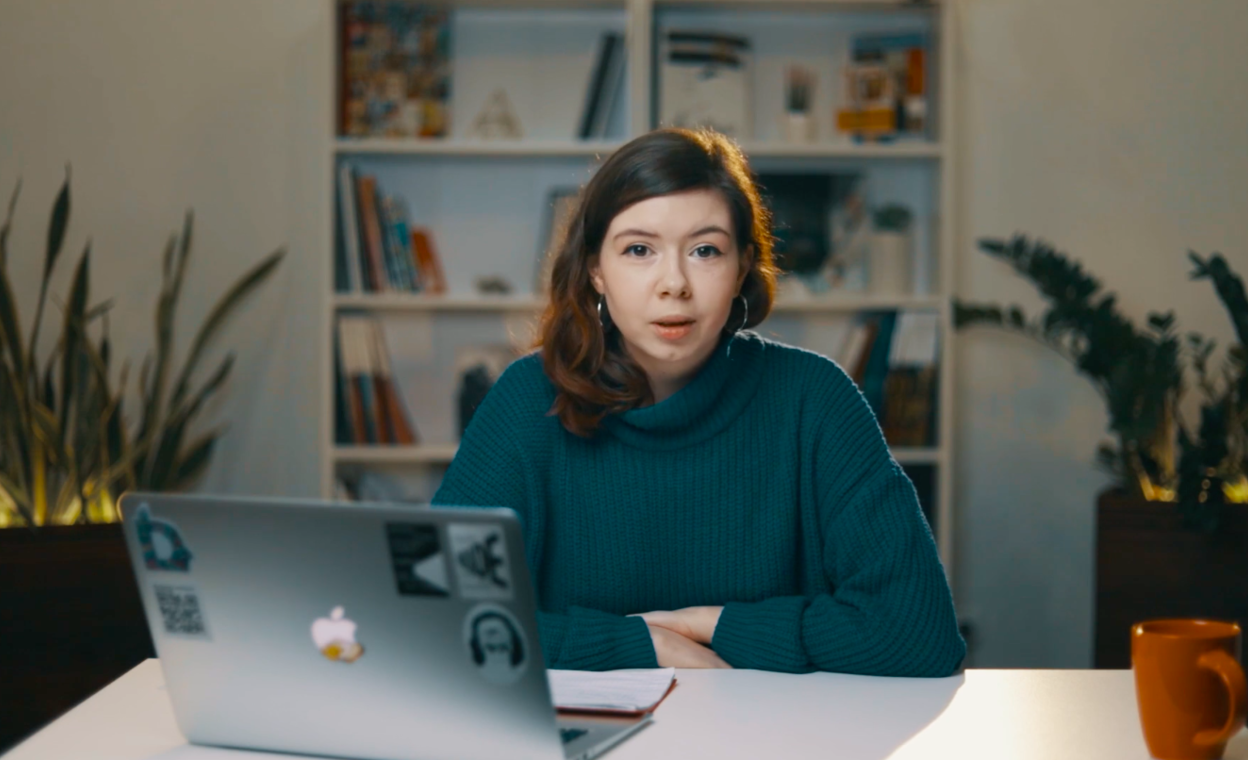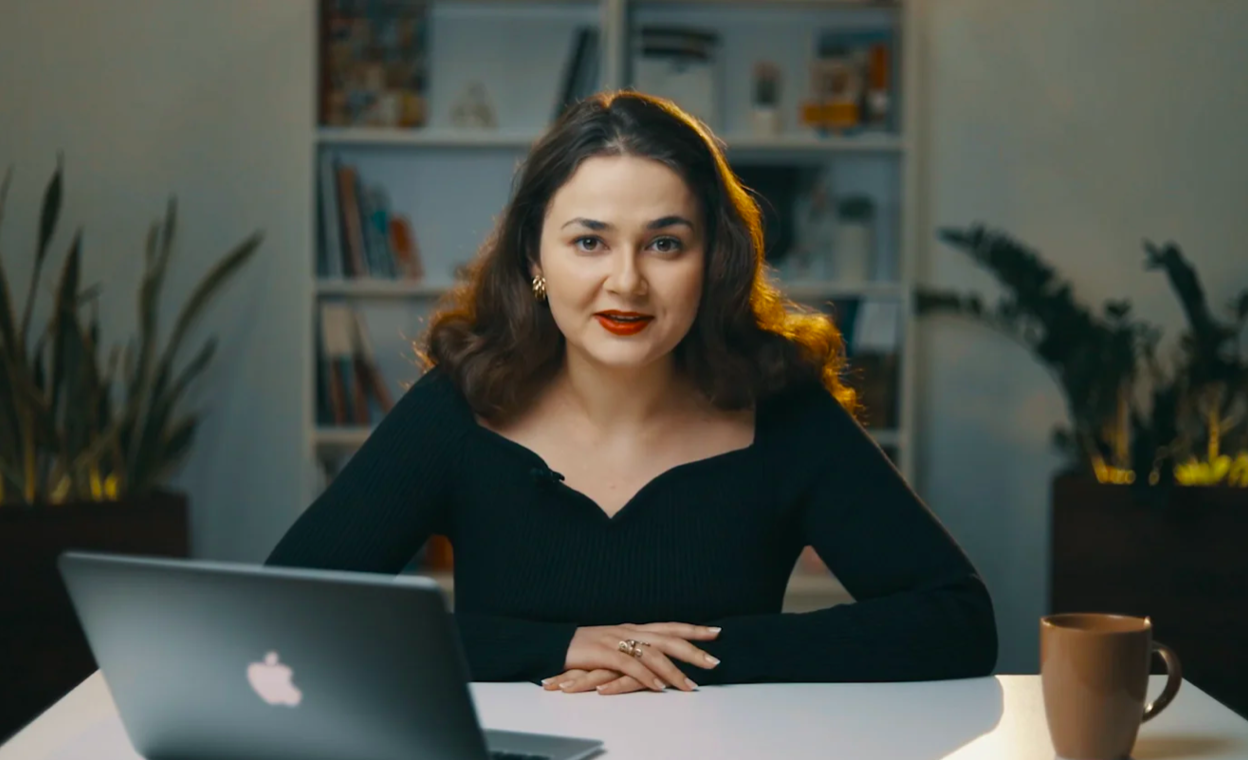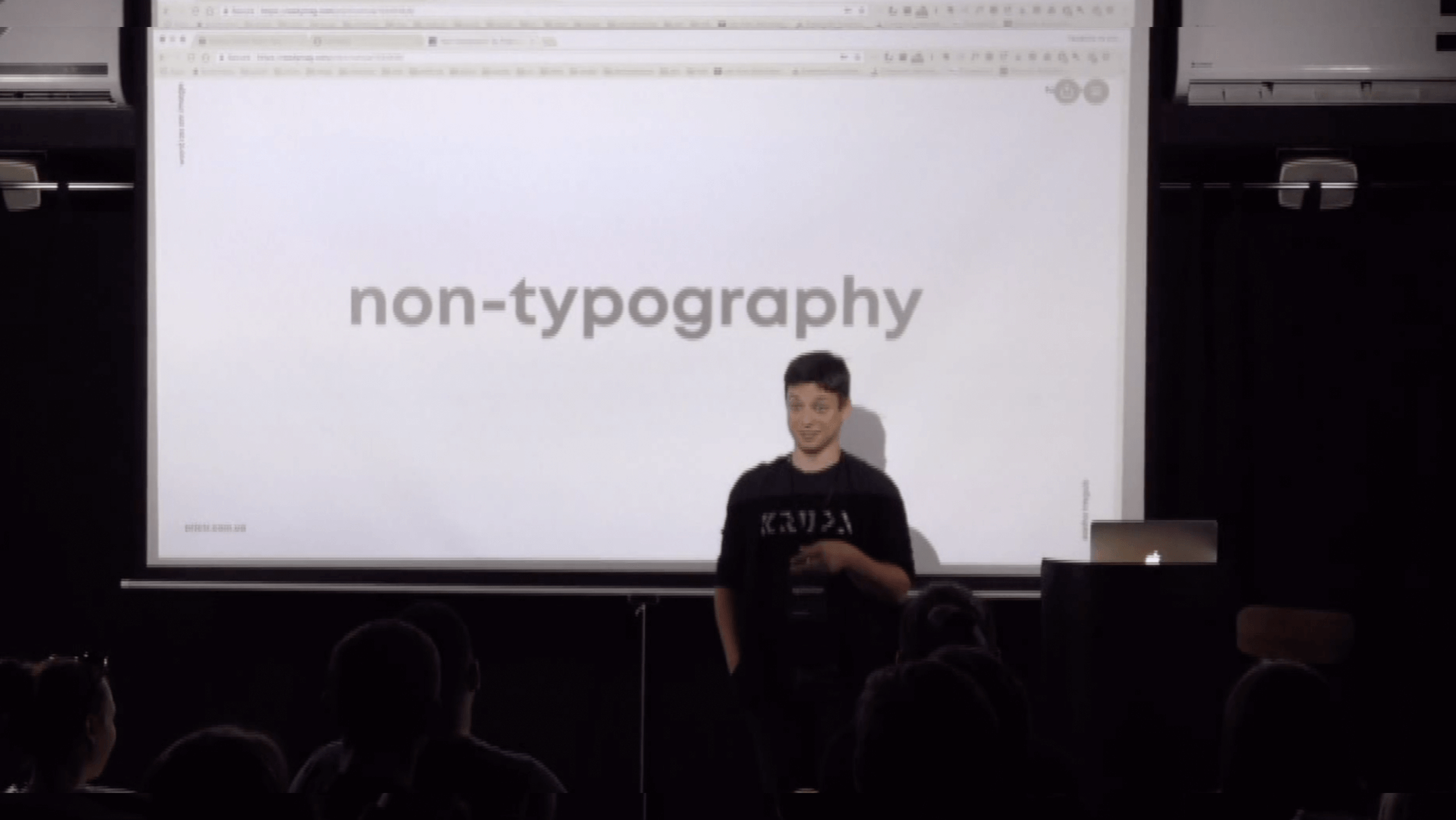Meeting with Samar Maakaroun, designer and creative director. Since October 2023, Samar joined Pentagram studio (London) as Partner. In this lecture Samar talks about working in a multicultural environment, the development of typography and her own design projects.
- Introduction
Samar grew up in a place called Zahlé, which is a town near the Syrian Border in Lebanon. She was part of a family of four. It was a very long journey before Samar joined Pentagram London as Partner. That journey involved lots of visas, travel for a multitude of sorts of artistic performances. Also, Samar worked for a bit in theater. She was always conscious of language, context, perspective, how people see things, how they hear stories etc. So some of Samar’s work really reflects her personal journey and the questions that shaped her as a person. Two and a half years ago, Samar set up a design studio called Right to Left. Positioning at Right to Left is creating brands integrating languages, cultures and worlds.
- What do we mean by this positioning
Integrating languages, cultures and worlds — is it just the one trick thing or is it a variety of tools? For Right to Left design studio, this is about exploring the space of intersection between worlds that are not entirely similar but not entirely different. Let's start with the word integration.
The first kind of moment in Samar’s career was when she was working with M&C Saatchi back in 2014, creating the Dubai logo. The solution here (after submitting about a hundred different options) ended up being an integrated brand, where the Arabic and the English words are written on top of each other. The Arabic word for Dubai is three letters, the English word for Dubai is five letters. So Samar created and crafted this unique form. By putting two words on top of each other, we got a really compact brand. It is still being used today, after almost 10 years.
- Integrating as translating
So what if a brand needs to live in two languages in two different places? How can you work with this? How can you come up with a solution that is smart and efficient?
A while back, Samar created a project called 29 words for 29 letters. And it was a collection of words for every word of the Arabic alphabet. Samar created a little motion, explaining a concept. Sometimes related to life, to food, to design, a multitude of sorts of technical words, but also life words that explain certain things. This project became the beginning of Samar’s exploration into typography language and communication. If you have a word for something in any language, you can start to identify the concept you're talking about.
Also, integrating can be seen as choreographing. This approach was used in a recent Pentagram project for the music festival in Saudi Arabia called Middle East.
- Localising as translating
In connection to this approach, we will talk about Samar’s case for Apple in 2014. Apple opened the first Middle Eastern store in the UAE and in Dubai. Part of Samar’s work was to look at their UX and UI, and make the website “right to left” navigation friendly. So Samar and the team wanted a little bit of difference in the color and application of the typography. Samar also helped the Apple team build their Arabic typeface.
- The stories we choose to tell
Part of design is to identify a unique story about a brand, or a person, or a place, and sort of tell that story. Samar’s thinking around stories was formed a little bit by her work in theater and her first show Looking For A Missing Employee. As designers, we don't get to see people's reactions live often, but in theater we can, which was very helpful to Samar and can be helpful to all the designers to understand people even more.
- Porsche project
While making a social media campaign for Ramadan, Samar was inspired by the artist Susan Hefun, especially by her transparent wall that hides and reveals. So for Porsche’s campaign, Samar wanted to create connected typographic walls. The design allows the camera to move around the type and sort of hide and reveal some of the elements. The idea was that sometimes you don't see the full line until the end, until the camera actually ends up sitting on the final line. Samar did 8 executions for Porsche’s cars with that idea of the hide and the reveal.
- Inspiration and motivation
Samar doesn't get much inspiration from the design industry. She gets her inspiration from all forms of arts. Samar reads a lot — because you don't have images, when you're reading a book it allows you to imagine things. Also, because Samar worked in theater, that was a huge exposure for her in terms of seeing other works that are performative, that are live. It gives you an indication of people's fears, and worries, and questions, because what happens in the art field — that's a representation of what we're obsessing about today.
- Starting a project: where to begin
Samar tries to not begin until she fully understands what needs to be done. So first she goes with a strategy phase, in every single project — you have to really talk to the client or clients. They're trying to solve the problem — why are they changing or rebranding? What is it they're trying to achieve? So you need to talk to them enough, through exercises, workshops. Then Samar feels that now it's time to start sketching, and then — to brief it into her team. Then there are also a few phases: imagery (not design work, more like photography things) and mood board, sketching by hand, to sit and review, and trying to find the ideas. What do we do? What makes sense?
- What separates an average designer from a great one
This is definitely a philosophical question, and definitely Samar’s answer will be only her own point of view.
It depends on where they are. Let’s imagine you have the awards, but the awards are not representative, they are judged by a small group of people, because they are set in the UK or in the US. That's Samar’s view on awards.
There are two types of designers, and Samar thinks about this when she recruits: there are the designers who like to be told what to do, and there are the thinkers/ For Samar the thinkers are way more interesting. They may not be the best executors. But you may need both on your team, because they fulfill two very essential functions. If you find someone who has both, then that's a great designer.
- The main challenges while launching your own studio
A good time to start your studio could be after 10–12 years of working in industry. You've already seen a few models of leadership. You've already made a few contacts, learned a few tricks, and sort of accumulated some knowledge. Running a studio is not easy, especially as one person, because you need to do all the functions — HR, PR, finance etc. So do not enter this under any illusion that this is easy. But if you believe, you have a network and if you feel semi-confident in all these areas, you can start, and you will learn along the way.
Speaker:
Samar Maakaroun — designer and creative director renowned for her creatively multilingual approach to design. Partner in Pentagram studio (London). Founder of the Right to Left design studio (2021). Notable projects: coining the first integrated destination brand for Dubai with M&C Saatchi (2015); launching Apple’s brand in Arabic across digital, retail and print (2017); rebranding the Abu Dhabi Media portfolio and later bringing the Diriyah City brand to life with Pentagram (2019).
Host:
Oleksandra Korchevska — graphic and digital designer, author of the Visual Communications course at the Ukrainian Catholic University, author and curator of the History of Ukrainian Design course at Projector.

